

Articles
How To Store Prosecco
Modified: December 7, 2023
Learn how to properly store prosecco and keep it fresh for longer with our helpful articles. Find tips and tricks to preserve the taste and fizz of your favorite bubbly.
(Many of the links in this article redirect to a specific reviewed product. Your purchase of these products through affiliate links helps to generate commission for Storables.com, at no extra cost. Learn more)
Introduction
Prosecco, the sparkling wine from Italy, has gained immense popularity in recent years. Its lively bubbles, crisp acidity, and fruity flavors make it enjoyable for any occasion. But just like any other wine, proper storage is essential to maintain its freshness and preserve its delicate flavors. Whether you have a bottle of Prosecco for a special event or a collection that you’re building, knowing how to store Prosecco correctly will ensure that you can enjoy it at its best.
In this article, we will guide you through the process of storing Prosecco, taking into consideration the factors that can affect its quality, and exploring the different storage options available. From keeping your Prosecco in the refrigerator to investing in a dedicated wine cooler or wine cellar, we’ll cover it all. So, let’s dive in and learn the art of storing Prosecco.
Key Takeaways:
- Properly storing Prosecco involves maintaining a cool, consistent temperature, protecting it from light and vibrations, and ensuring proper humidity levels. Enjoy it within 1-3 years for its vibrant, fruity characteristics.
- Whether in the refrigerator, wine cooler, or cellar, creating an optimal storage environment for Prosecco is essential. Trust your palate to determine when to enjoy its lively effervescence and delightful flavors.
Read more: How To Store Prosecco After Opening
Understanding Prosecco
Before we delve into the details of how to store Prosecco, it’s important to understand a bit about this delightful sparkling wine. Prosecco is produced primarily in the Veneto region of Italy, with the most well-known sub-regions being Conegliano and Valdobbiadene. It is made primarily from the Glera grape, although it can also contain small amounts of other grape varietals such as Verdiso, Bianchetta, and Perera.
Prosecco is known for its fruity and floral aromas, which often include notes of green apple, pear, citrus, and white flowers. It is typically vinified using the Charmat method, where the second fermentation, responsible for the bubbles, takes place in large stainless steel tanks rather than in the bottle, which is the method used for Champagne. This results in a wine that is fresher and more fruit-forward, with a less robust and complex profile compared to traditional method sparkling wines.
The joy of Prosecco lies in its youthful and vibrant character, best enjoyed in its early years. It is not a wine intended for long-term aging, and its flavors and aromas are at their peak when consumed within a few years of production. Therefore, proper storage is crucial to enjoy Prosecco at its best.
Factors Affecting Prosecco Storage
When it comes to storing Prosecco, there are several factors that can impact its quality and longevity. These factors include:
- Temperature: Prosecco is best stored at a cool and consistent temperature. Excessive heat can cause the wine to age prematurely and lose its freshness. On the other hand, very low temperatures can dull its flavors and aromas. Ideally, Prosecco should be stored between 45°F (7°C) and 50°F (10°C).
- Light: Exposure to direct sunlight or UV rays can lead to chemical reactions in the wine and result in off-flavors. It’s important to store Prosecco in a dark place or use opaque wine storage options to protect it from light.
- Vibration: Prosecco, like other sparkling wines, is sensitive to vibrations. Continuous movement or vibrations can disturb the wine, affecting its natural carbonation and flavors. It’s best to avoid storing Prosecco in places where it may be subject to frequent disturbances.
- Humidity: While Prosecco is relatively resilient to humidity fluctuations, excessive humidity can potentially damage the cork and compromise the wine’s quality. Aim to store Prosecco in an environment with moderate humidity levels, around 60-70%.
- Position: Unlike still wines, Prosecco should be stored in an upright position. This helps to keep the cork moist and ensures a tight seal, preventing premature oxidation and any potential leakage.
By taking these factors into account, you can create an optimal storage environment for your Prosecco, allowing it to age gracefully and offering the best drinking experience.
Choosing the Right Storage Option
When it comes to storing Prosecco, there are several options to consider, depending on your needs and available space. Here are three common storage options for Prosecco:
- Refrigerator: One of the simplest and most convenient options for storing Prosecco is in your refrigerator. The cool temperature helps to slow down the aging process and keep the wine fresh. To store Prosecco in the refrigerator, make sure to keep it upright to maintain contact between the cork and the wine. Additionally, try to minimize temperature fluctuations by keeping the bottle away from the refrigerator door. While a standard refrigerator is suitable for short-term storage, if you plan on aging your Prosecco for a longer period, a dedicated wine storage option may be more appropriate.
- Wine Cooler: Investing in a wine cooler can provide a dedicated storage solution for your Prosecco collection. Wine coolers are designed to maintain a constant temperature, usually between 45°F (7°C) and 55°F (13°C), providing an ideal environment for aging sparkling wines. Look for a wine cooler with adjustable temperature settings and UV-protected glass to protect your Prosecco from light. Wine coolers come in various sizes, so you can choose one that fits your collection size and available space.
- Wine Cellar: For wine enthusiasts with a larger collection or those looking for long-term storage options, a wine cellar is an excellent choice. Wine cellars offer the most controlled environment, with stable temperature and humidity levels. The ideal temperature for storing Prosecco in a wine cellar ranges between 45°F (7°C) and 55°F (13°C), while humidity should be maintained between 60-70%. Consider installing a wine cellar cooling system to ensure optimal conditions for your Prosecco and other wines. If you don’t have space for a dedicated wine cellar, you can also explore wine storage facilities that offer temperature-controlled units.
When selecting the right storage option, consider factors such as the size of your collection, space availability, and your desired aging period. Choose an option that provides a consistent and suitable environment for your Prosecco to preserve its quality and enhance your enjoyment.
Storing Prosecco in the Refrigerator
Storing Prosecco in the refrigerator is a popular and convenient option for short-term storage. Follow these steps to ensure that your Prosecco stays fresh:
- Keep it upright: Unlike still wines, Prosecco should be stored upright in the refrigerator. This helps to keep the cork moist and maintains a tight seal, preserving the wine’s carbonation and preventing any potential leakage.
- Choose the right spot: Place your Prosecco bottles in a spot where they won’t be jostled or disturbed frequently. Avoid storing them in the refrigerator door, as the constant movement when opening and closing the door can disturb the wine and affect its quality.
- Mind the temperature: Set your refrigerator to a temperature range between 45°F (7°C) and 50°F (10°C). This cool temperature will slow down the aging process and help maintain the freshness of the wine. Avoid freezing temperatures, as they can dull the flavors and aromas of the Prosecco.
- Protect from light: If your refrigerator has a clear glass door or is exposed to direct sunlight, it’s advisable to place your Prosecco bottles in a wine bag or wrap them in a dark cloth to protect them from light exposure.
- Minimize temperature fluctuations: Try to avoid frequent temperature fluctuations by keeping the refrigerator door closed as much as possible. Sudden changes in temperature can impact the quality of the Prosecco. If you anticipate regularly opening and closing the refrigerator door, consider using a dedicated wine cooler or cellar for storage to maintain a more stable environment.
It’s important to note that while storing Prosecco in the refrigerator is suitable for short-term storage, it may not be the ideal option for aging the wine over an extended period. If you plan to keep a bottle of Prosecco for a longer time or collect multiple bottles, consider investing in a dedicated wine cooler or wine cellar for optimal storage conditions.
Store Prosecco in a cool, dark place away from direct sunlight and heat sources. Keep the bottle upright to minimize oxidation and maintain the carbonation. Avoid storing in the refrigerator for extended periods as it can affect the flavor.
Read more: How To Store Opened Prosecco
Storing Prosecco in a Wine Cooler
If you want to take your Prosecco storage to the next level, investing in a wine cooler is a great option. Here’s how to store Prosecco in a wine cooler:
- Choose the right temperature: Set the wine cooler to a temperature between 45°F (7°C) and 55°F (13°C). This temperature range ensures that the Prosecco ages gracefully while preserving its fruity flavors and delicate aromas.
- Consider a dual-zone cooler: If you have a collection of both still and sparkling wines, or if you prefer to store your Prosecco at a slightly cooler temperature than your other wines, consider investing in a dual-zone wine cooler. This allows you to set different temperatures for different sections of the cooler, ensuring optimal storage conditions for each wine type.
- Protect from light: Look for a wine cooler with a UV-protected glass door or solid door to shield the Prosecco from harmful UV rays. Light exposure can alter the wine’s flavors and aromas, so it’s crucial to keep it protected in a dark environment.
- Minimize vibrations: Vibrations can disrupt the carbonation and affect the overall quality of Prosecco. Choose a wine cooler with anti-vibration technology or place rubber mats or dampening materials under the bottles to minimize any potential disturbance.
- Organize bottles properly: Store Prosecco bottles horizontally in the wine cooler to keep the corks moist and ensure a tight seal. This prevents premature oxidation and preserves the wine’s freshness. Use wine racks or shelves specifically designed to securely hold sparkling wine bottles.
- Regularly monitor and rotate bottles: Periodically check the temperature and humidity levels in your wine cooler to ensure they are within the recommended range. Additionally, it’s a good practice to rotate your Prosecco bottles every few months, so they age evenly and any sediment settles naturally.
A wine cooler provides a dedicated storage solution for your Prosecco, offering precise temperature control and protection from light and vibrations. By storing your Prosecco in a wine cooler, you will have peace of mind knowing that your bottles are aging under optimal conditions, ready to be enjoyed at the perfect moment.
Storing Prosecco in a Wine Cellar
For wine enthusiasts or those with a larger collection, a wine cellar offers the ultimate storage solution for Prosecco. Here’s how to store Prosecco in a wine cellar:
- Temperature control: Wine cellars are designed to maintain a consistent temperature range between 45°F (7°C) and 55°F (13°C). This temperature range ensures that Prosecco ages gracefully without compromising its flavors and aromas. Invest in a wine cellar cooling system to regulate the temperature and ensure a stable environment.
- Humidity regulation: Aim for a relative humidity level of 60-70% in your wine cellar. This range helps keep the corks moist and prevents them from drying out or allowing excess air to enter the bottle. Dry corks can lead to premature oxidation and deterioration of the wine’s quality.
- Dark and still: Wine cellars should be kept in a dark and quiet area to protect the Prosecco from light and vibrations. Consider using solid doors or installing opaque curtains to prevent any light exposure. Additionally, avoid placing the bottles near any sources of vibration to maintain the wine’s stability.
- Proper shelving and organization: Use wine racks or shelving specifically designed for wine storage to store your Prosecco bottles. Ensure that the bottles are stored horizontally to keep the corks moist and maintain a tight seal. This position prevents air from entering the bottle and helps preserve the freshness and flavors of the Prosecco.
- Periodic inspections: Regularly check on your Prosecco bottles in the wine cellar to ensure that they are properly stored and aging well. Inspect for any signs of damage or spoilage, such as leaking corks or mold. Rotate the bottles occasionally to promote even aging and settle any sediment that may have formed.
- Keep records: Consider keeping a record of your Prosecco collection in the wine cellar. Note down the vintage, producer, and any additional information that may be useful for future reference. This will help you keep track of the aging process and make informed decisions when selecting a bottle.
- Security and monitoring: Install proper security measures to protect your Prosecco collection in the wine cellar. Consider using lockable doors or security systems to prevent unauthorized access. Additionally, use a temperature and humidity monitoring system to ensure that the cellar conditions remain within the desired range.
A wine cellar provides a controlled environment for storing Prosecco, allowing the wine to age gracefully and develop complex flavors. With proper temperature and humidity control, along with careful organization and periodic inspections, you can enjoy your Prosecco collection at its peak for years to come.
Tips for Properly Storing Prosecco
To ensure that you are storing Prosecco correctly and preserving its quality, here are some essential tips to keep in mind:
- Store in a cool, consistent temperature: Prosecco should be kept in a cool environment with a temperature between 45°F (7°C) and 55°F (13°C). Avoid extreme temperature fluctuations, as they can negatively impact the wine’s flavors and aromas.
- Avoid exposure to light: Protect Prosecco from direct sunlight and UV rays, as they can lead to chemical reactions and spoil the wine. Store it in a dark place or use opaque storage options to maintain its quality.
- Minimize vibrations: Prosecco is sensitive to vibrations, which can disturb the wine and affect its carbonation. Choose a storage location away from any sources of frequent movement or vibrations.
- Keep it upright: Unlike still wines, Prosecco should be stored upright to keep the cork moist and maintain a tight seal. This helps prevent premature aging and oxidation.
- Avoid excessive humidity: While Prosecco is relatively tolerant of humidity, excessive moisture can damage the cork. Aim for a humidity level between 60-70% to ensure the cork remains in good condition.
- Organize and label: If you have multiple bottles of Prosecco, consider organizing them by vintage or producer for easy access. Labeling the bottles can also help you keep track of the aging process and make informed choices when selecting a bottle to enjoy.
- Monitor and rotate: Regularly check the storage conditions, including temperature, humidity, and any signs of damage or spoilage. Rotate the Prosecco bottles occasionally to promote even aging and settle any sediment that may have formed.
- Avoid storing for too long: Prosecco is best consumed within a few years of production. While it can be stored for longer periods in optimal conditions, it is not a wine intended for long-term aging. Enjoy it at its freshest and most vibrant state.
- Properly seal opened bottles: If you’ve opened a bottle of Prosecco but haven’t finished it, ensure a tight seal by using a wine stopper or sparkling wine closure. Store the opened bottle in the refrigerator and consume it within a day or two to retain carbonation.
By following these tips, you can maintain the quality and freshness of your Prosecco, ensuring that every bottle is ready to be enjoyed at its best.
When to Consume Prosecco
Prosecco is a sparkling wine that is best enjoyed in its youthful and fruity state. Unlike some other wines that benefit from aging, Prosecco is meant to be consumed relatively soon after its release. Here are some guidelines on when to consume Prosecco:
- Within 1-3 years: Prosecco is typically at its peak within the first 1 to 3 years of its release. During this time, the wine exhibits fresh fruit flavors, lively bubbles, and vibrant aromas. It is the ideal period to savor the crisp acidity and delicate floral characteristics that Prosecco is known for.
- Check the label: Prosecco producers typically indicate the recommended drinking window on the label or packaging. This information can provide a helpful guide in determining when to enjoy your bottle. However, it’s important to note that these guidelines are approximate and can vary depending on the producer and style of Prosecco.
- Consider the vintage: While Prosecco doesn’t require extensive aging, the vintage can still play a role in its flavor profile. In general, Proseccos made from recent vintages tend to be fresher and more fruit-forward, while those made from older vintages may develop richer and more complex flavors over time. Balance your preference for youthful vibrancy versus complexity when deciding when to consume a particular vintage.
- Special occasions and celebrations: Prosecco’s effervescence and festive character make it a popular choice for special occasions and celebrations. Whether you’re toasting a milestone, hosting a party, or simply enjoying a leisurely moment, Prosecco’s bubbly nature brings a touch of joy and celebration to any event.
- Trust your palate: Ultimately, the decision of when to consume Prosecco comes down to personal preference. Some individuals enjoy the freshness and fruitiness of young Prosecco, while others may appreciate the development of more complex flavors with a few extra years of aging. Taste the Prosecco periodically to gauge how it is evolving and consume it when it pleases your palate the most.
Remember that Prosecco is not primarily intended for long-term cellaring. While it can be stored for a short period to maintain its quality, prolonged aging may cause it to lose its vibrant characteristics. Enjoy Prosecco within its recommended drinking window to experience the wine at its best.
Whether you’re celebrating a special moment or simply looking for a refreshing sparkler, Prosecco’s lively effervescence and delightful flavors make it a versatile and enjoyable choice.
Read more: How To Store Prosecco Unopened
Conclusion
Prosecco, with its lively bubbles and delicate flavors, is a sparkling wine that brings joy to any occasion. Properly storing Prosecco is essential to maintain its freshness and preserve its delightful characteristics. Whether you choose to store it in the refrigerator, invest in a wine cooler, or create a dedicated wine cellar, the key is to create an environment that offers a cool and consistent temperature, protection from light and vibrations, and proper humidity levels.
Understanding the factors that affect Prosecco storage, such as temperature, light, vibration, humidity, and position, is crucial to ensuring its quality. By following the tips provided, you can create an optimal storage environment for your Prosecco collection.
Remember that Prosecco is best consumed within a few years of its release, capturing its youthful vibrancy and fruit-forward characteristics. While it can be aged for a short period in suitable conditions, long-term cellaring is not recommended. Always trust your palate and enjoy Prosecco at its best-drinking window.
Whether you’re raising a glass to celebrate a special occasion or simply indulging in a moment of relaxation, properly stored Prosecco enhances the experience, offering effervescence, freshness, and delightful flavors. Cheers to the art of storing Prosecco and the joy it brings to our glasses!
Frequently Asked Questions about How To Store Prosecco
Was this page helpful?
At Storables.com, we guarantee accurate and reliable information. Our content, validated by Expert Board Contributors, is crafted following stringent Editorial Policies. We're committed to providing you with well-researched, expert-backed insights for all your informational needs.






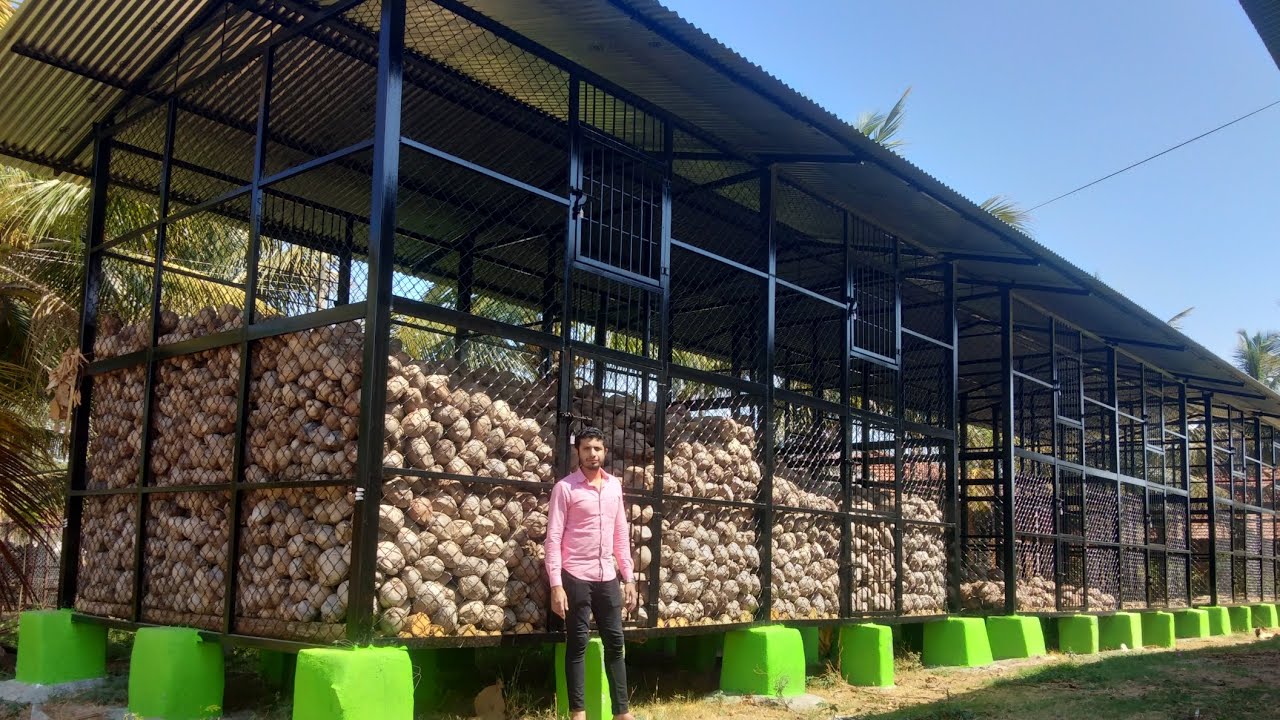

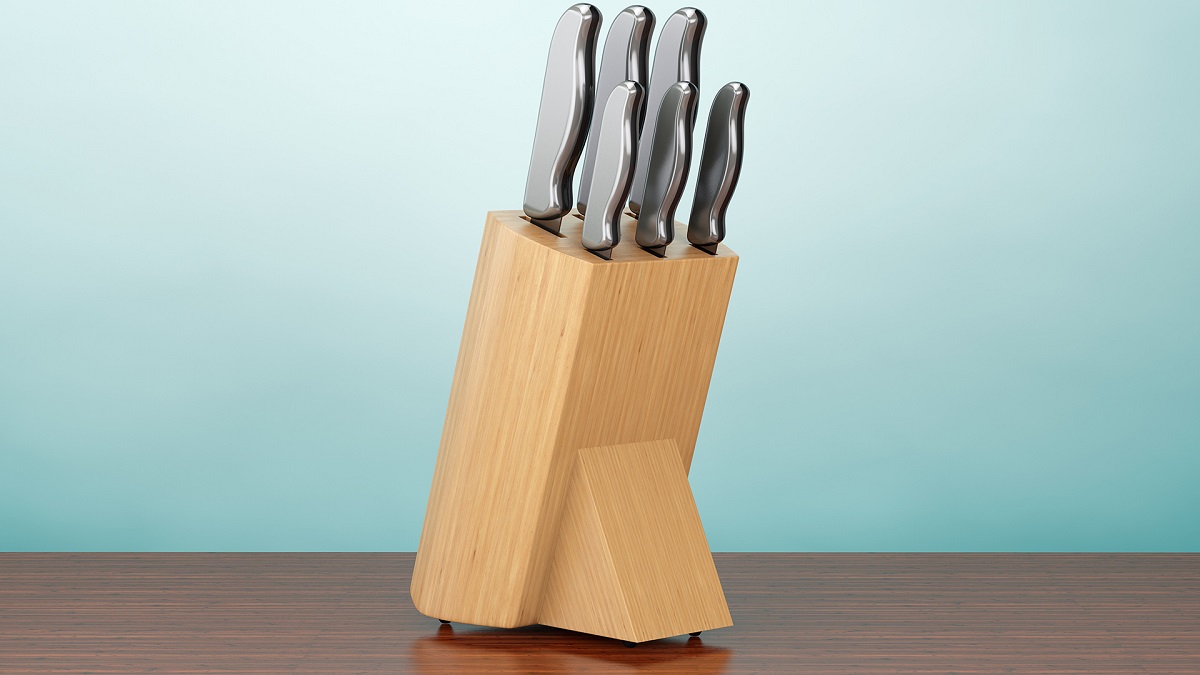
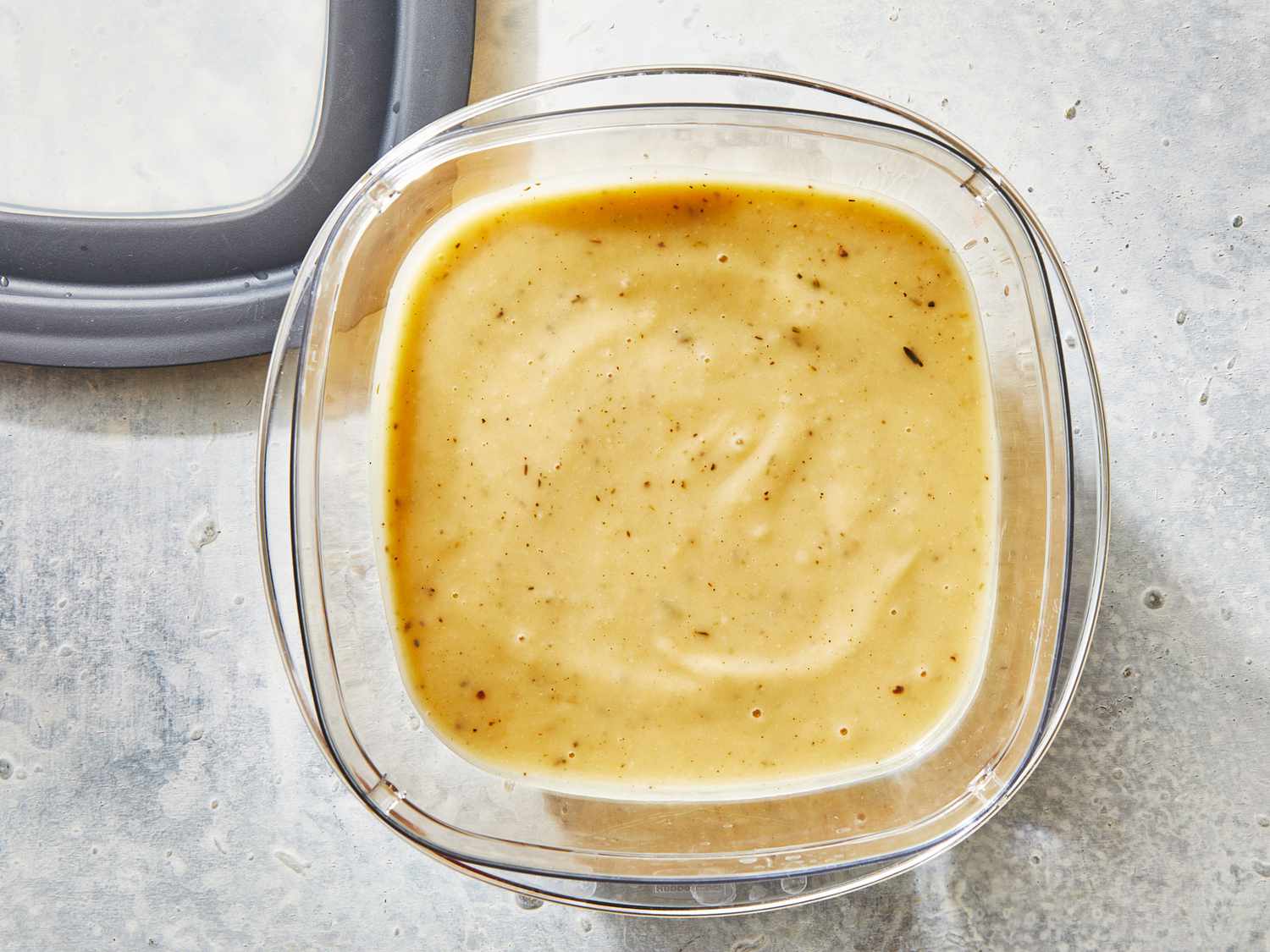
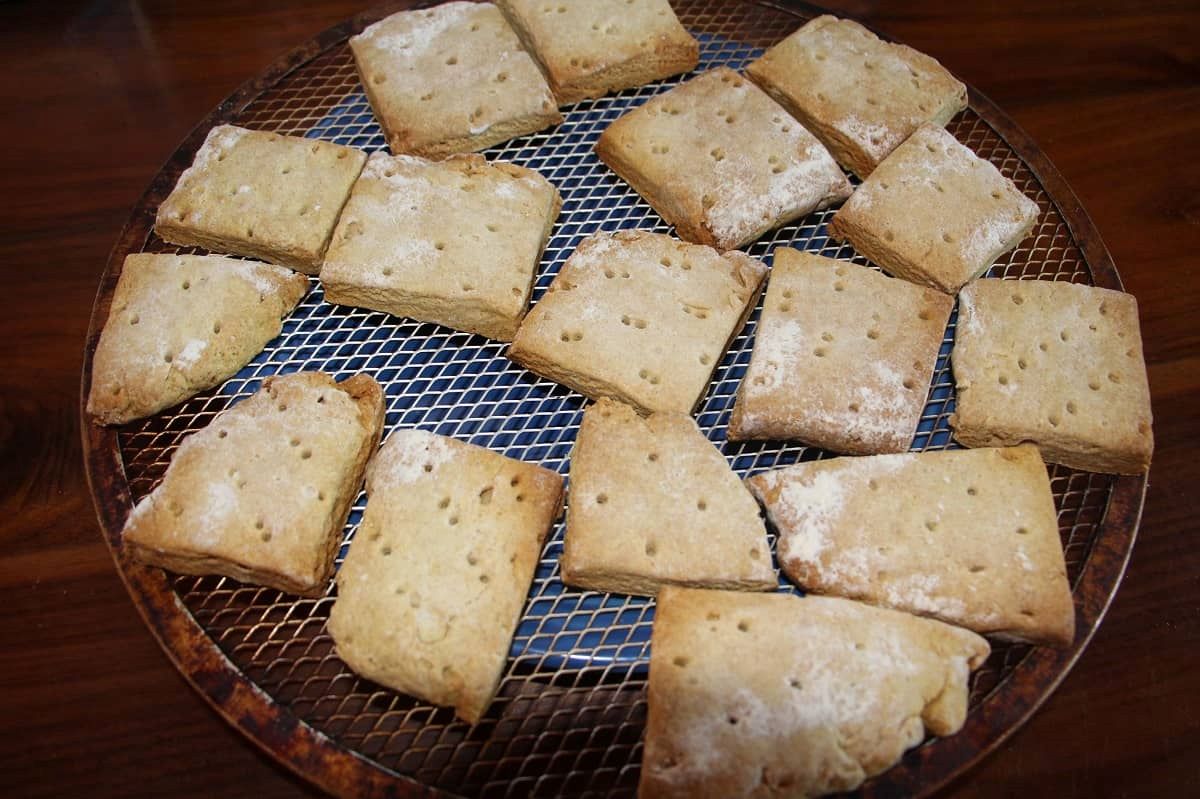
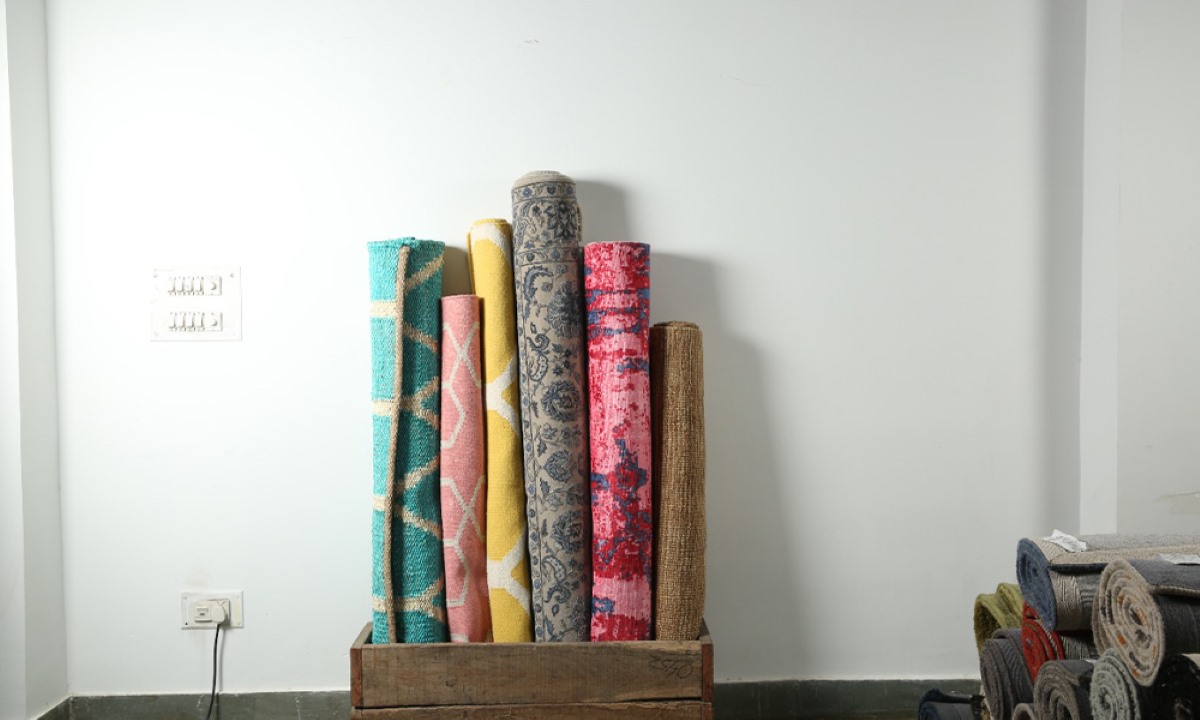
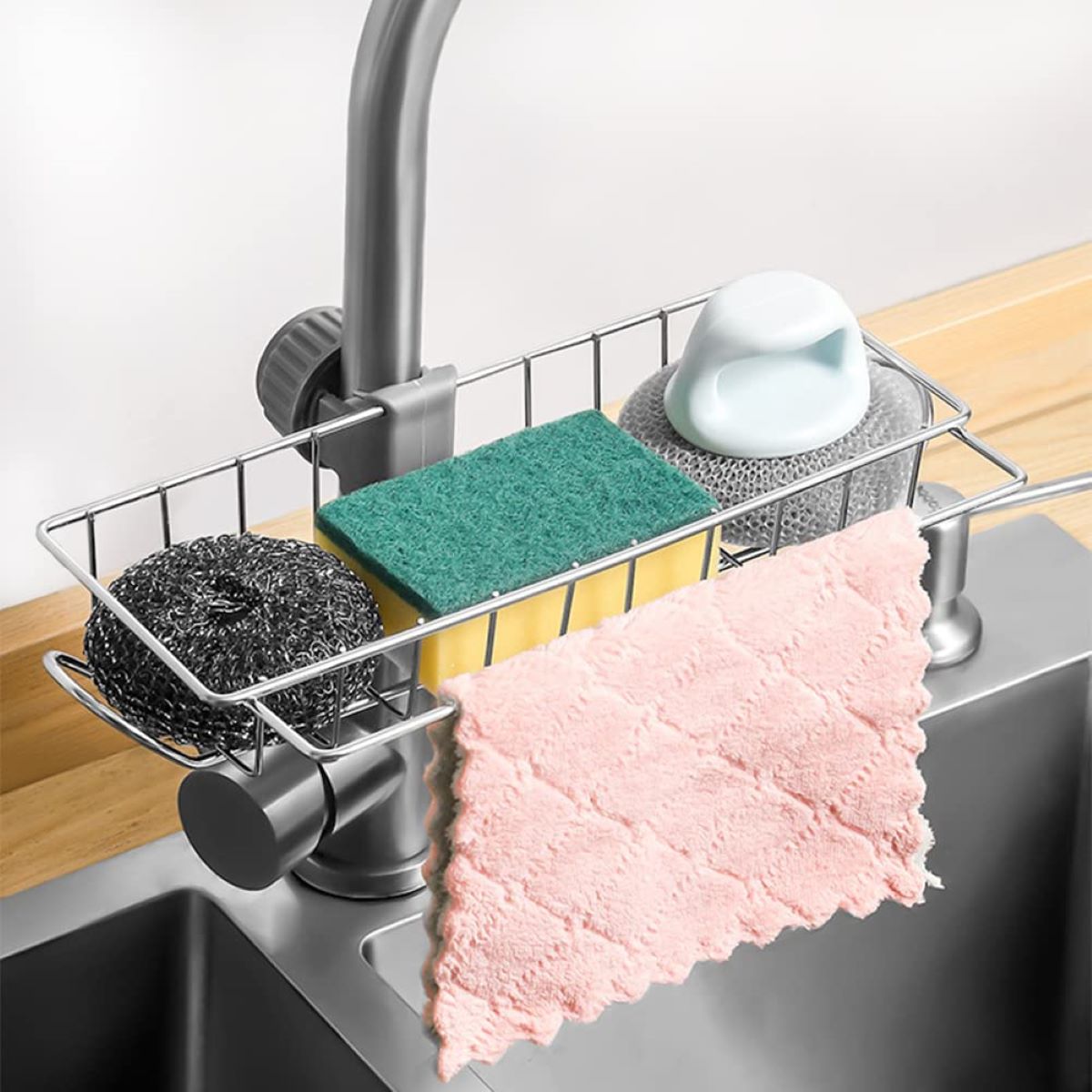

0 thoughts on “How To Store Prosecco”